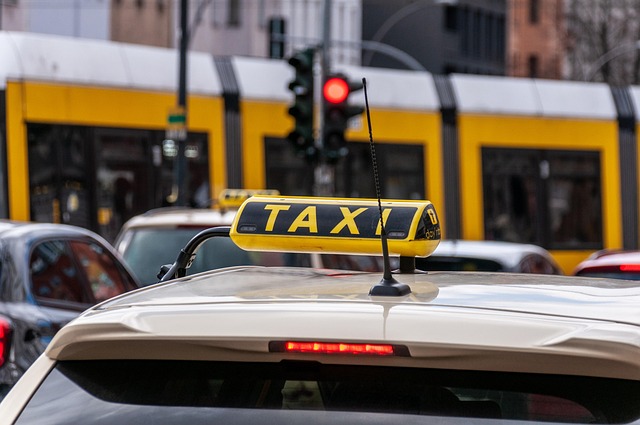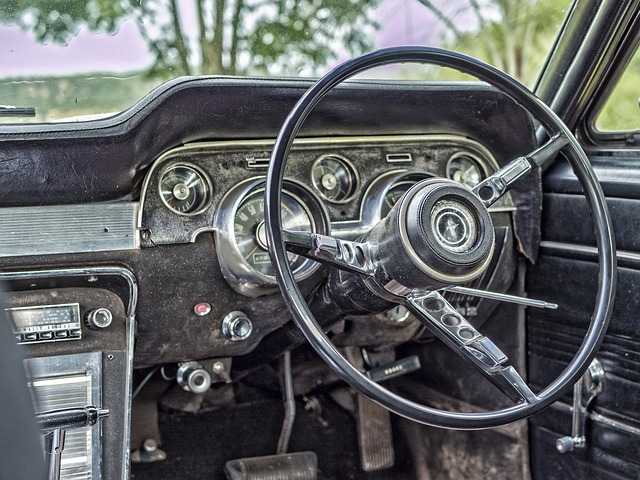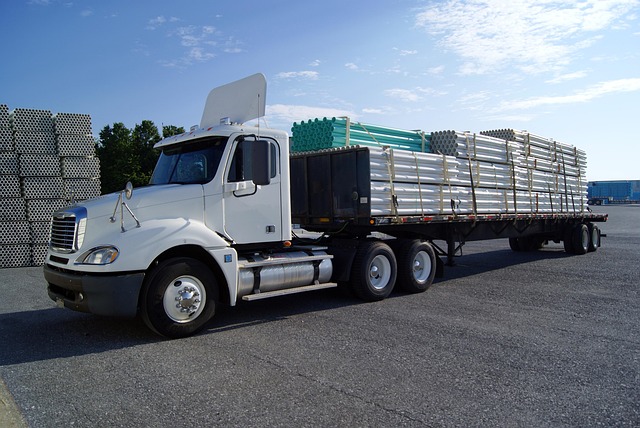Looking to register your car in California? This comprehensive guide walks you through every step, from understanding eligibility requirements to completing application forms. We’ll also cover preparing your vehicle for inspection at the DMV and successfully verifying your VIN (a crucial part of the process) along with paying registration fees. By following these steps, you’ll be on your way to a seamless car registration experience in California.
- Understand Eligibility Requirements for Car Registration in California
- Gather Necessary Documents for Car Registration
- Prepare Your Vehicle for Inspection at DMV
- Complete and Submit Application Forms for Car Registration
- Verify VIN and Pay Registration Fees Successfully
Understand Eligibility Requirements for Car Registration in California

Before you begin the registration process, it’s crucial to understand the eligibility requirements for car registration in California. To register your vehicle, you must first ensure that your car meets all state and federal safety standards. This includes passing a smog test, which verifies that your vehicle emits safe levels of pollutants. Additionally, the California Department of Motor Vehicles (DMV) requires a valid vehicle identification number (VIN) inspection to confirm the authenticity of your car’s VIN, often facilitated by using a DMV VIN verifier or mobile VIN verification services.
While you can conduct these inspections at certified stations, many individuals opt for convenient mobile vin verification services, which allow for an efficient and often quicker process. The key to navigating this step successfully is having all necessary documents in order, including proof of ownership, insurance, and identification. Ensuring these prerequisites are met will streamline the registration experience and help avoid potential delays or complications.
Gather Necessary Documents for Car Registration

Before you start the registration process, ensure you have all the essential documents required by the California Department of Motor Vehicles (DMV). This includes your vehicle’s Registration Application (Form DV-1), which can be obtained online or at any DMV field office. Along with this form, gather important papers such as proof of identity and residency, both typically in the form of a valid driver’s license and a utility bill or bank statement. Additionally, the DMV requires a Vehicle Identification Number (VIN) verification to ensure the vehicle’s authenticity, often facilitated through a DMV-approved VIN verifier, which can be done conveniently via mobile vin inspection services.
Don’t forget to bring along any necessary fees for the registration process. The requirements and cost can vary based on your vehicle type and other factors, so it’s crucial to check with the DMV or use their online tools for accurate information. Proper documentation and verification are key steps in ensuring a smooth car registration experience in California.
Prepare Your Vehicle for Inspection at DMV
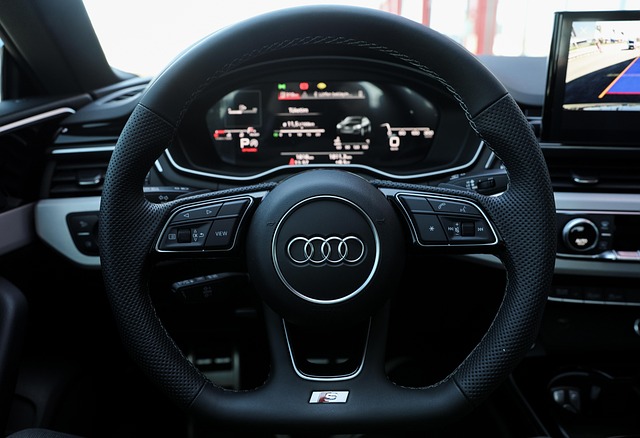
Before you can register your car in California, it’s crucial to ensure your vehicle meets all safety and emission standards set by the Department of Motor Vehicles (DMV). One essential step is to prepare for the vehicle inspection process. This involves a thorough check of your car’s components, including lights, brakes, tires, and emissions system. Make sure all parts are in good working order and comply with legal requirements.
During the inspection, a DMV inspector will utilize tools like a Vehicle Identification Number (VIN) verifier to cross-reference your car’s details against their records. A mobile VIN verification or vin inspection can be arranged prior to visiting the DMV to streamline the process. By ensuring your vehicle is ready for inspection, you can avoid potential delays and navigate the registration process with ease.
Complete and Submit Application Forms for Car Registration

To begin the registration process for your car in California, you’ll need to complete and submit the necessary application forms. The first step is to gather all required documents, including proof of ownership, valid identification, and a completed Vehicle Identification Number (VIN) verifier form from the DMV. This crucial process ensures that your vehicle’s information is accurately verified.
Once these documents are ready, you can fill out Form DVW-023, which is specifically designed for California car registration. Ensure all details are correct and up-to-date. After completing the forms, submit them along with the required fees to a local DMV office or utilize their online services for a more convenient mobile vin inspection and registration process.
Verify VIN and Pay Registration Fees Successfully
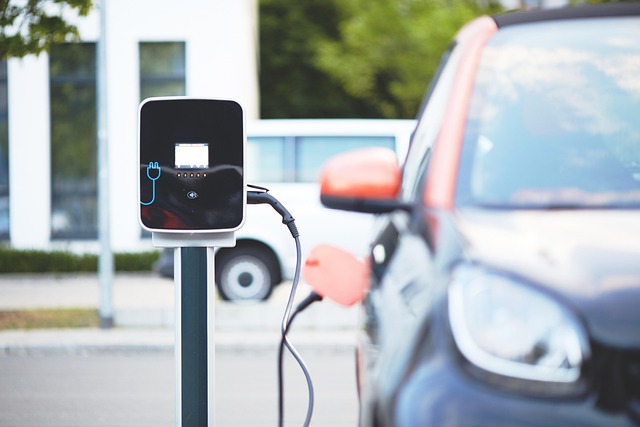
To ensure a smooth car registration process in California, it’s crucial to start with accurate verification of your vehicle’s Identification Number (VIN). Utilize a trusted dmv vin verifier or even consider a convenient mobile vin verifier app for this step. By checking the VIN, you can confirm the vehicle’s make, model, year, and other critical details, preventing any errors or discrepancies that may delay registration.
After confirming the VIN, the next logical step is to pay the required registration fees. California has specific fee structures based on factors like the age of your vehicle and whether it’s a new or used car. Ensure you’re prepared with the necessary payment methods allowed by the California Department of Motor Vehicles (DMV), such as credit card or check. Successfully completing these steps sets the foundation for a successful car registration.
Registering a car in California is a straightforward process once you understand the requirements and have the right documents. By gathering necessary paperwork, preparing your vehicle for inspection, completing application forms accurately, and successfully verifying your Vehicle Identification Number (VIN) along with payment of registration fees, you’ll be well on your way to becoming a legal California driver. Remember, a DMV VIN verifier can streamline this process, making it efficient and hassle-free.
